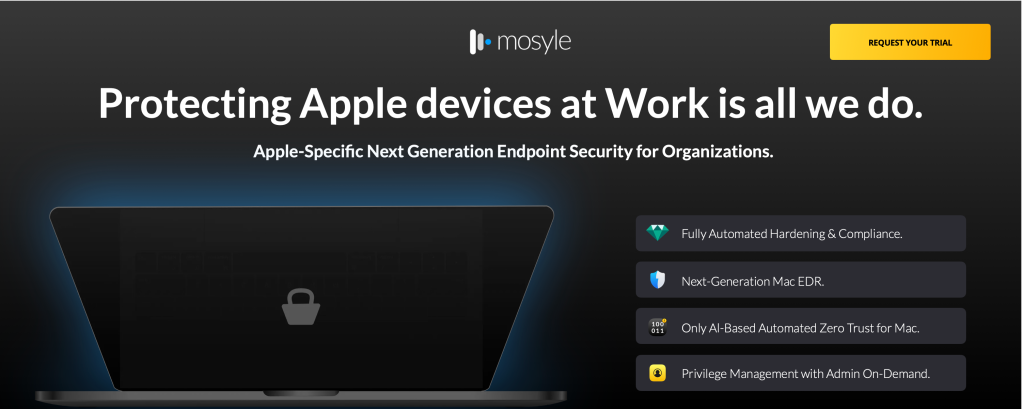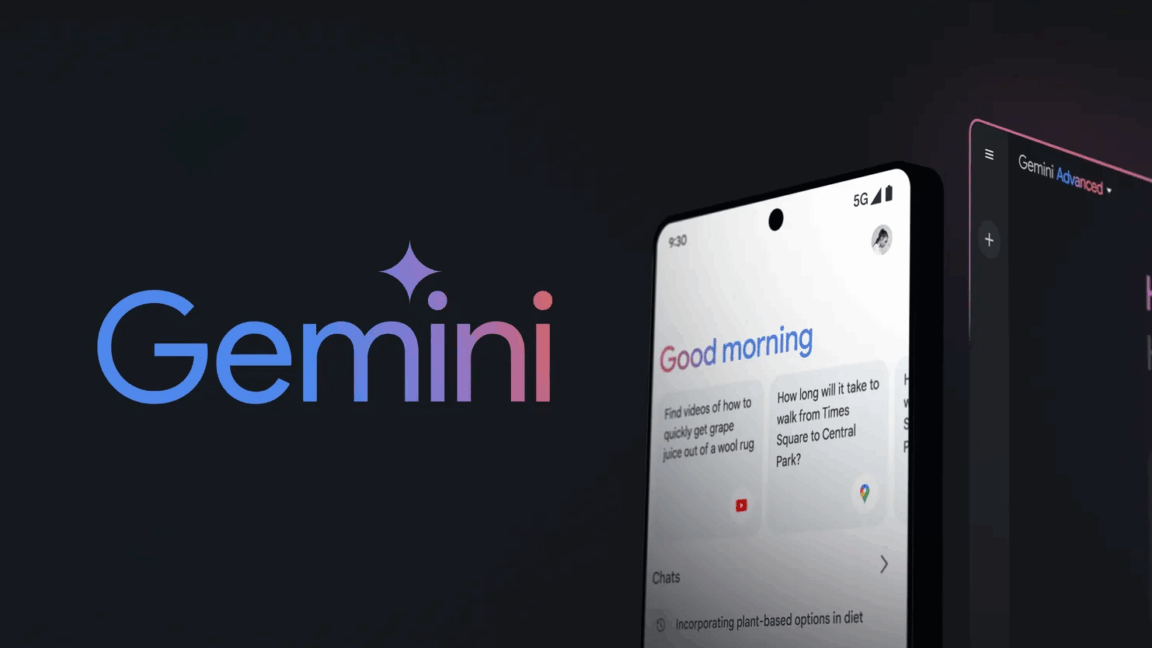
9to5Mac Security Bite is exclusively brought to you by Mosyle, the only Apple Unified Platform. Making Apple devices work-ready and enterprise-safe is all we do. Our unique integrated approach to management and security combines state-of-the-art Apple-specific security solutions for fully automated Hardening & Compliance, Next Generation EDR, AI-powered Zero Trust, and exclusive Privilege Management with the most powerful and modern Apple MDM on the market. The result is a totally automated Apple Unified Platform currently trusted by over 45,000 organizations to make millions of Apple devices work-ready with no effort and at an affordable cost. Request your EXTENDED TRIAL today and understand why Mosyle is everything you need to work with Apple.
Earlier this week, during its annual WWDC keynote, Apple unveiled a slew of headline features like Liquid Glass, a new Games app, and Visual Intelligence, as well as two major spam protection tools coming to iOS 26 this fall. While I was a little disappointed in the lack of new security or even privacy features, these new tools will change the game for users who receive annoying spam calls and messages on the daily. Here’s how they work.
In a previous edition of Security Bite, I predicted that Apple would finally announce end-to-end encryption (E2EE) to the RCS Universal Profile at WWDC 2025. Earlier last year, the company announced it was leading the charge with Google at its side to make this happen. This would finally make RCS messages between iOS and Android devices completely encrypted beyond just in transit, making texts inaccessible and unreadable on the server side.
However, this did not happen. In a statement to 9to5Mac in March of this year, Apple said this feature was coming in a “future software update.” Many, including myself, thought this year’s WWDC would be the place to announce this.
As I said earlier this month:
I can’t think of a better way for the company to reaffirm its position as an industry leader than having GMSA, who will likely be at the event, “on stage” during the prerecorded keynote, bolstering Apple’s commitment to privacy by bringing E2EE to the RCS Universal Profile.
To call balls and strikes…I digress.
Call Screening
Call Screening is a new addition to the redesigned Phone app. In iOS 26, when users receive a call from an unknown number, iPhone will now silently answer it in the background. When these calls are answered, callers will be prompted by an automated voice to state their name and reason for calling. These responses are then transcribed in real-time for review directly on the Lock Screen. From here, users can decide whether to ignore the call, swipe to answer, or type a reply. The latter will use the same non-Siri-related robotic voice to read the typed reply to the caller on the other line. Users will immediately see translated replies on the call screen.
 Call Screening on iOS 26 in action. Screenshots via Max Weinbach.
Call Screening on iOS 26 in action. Screenshots via Max Weinbach.In addition, iOS 26 now allows for reporting voicemails as spam, a feature previously missing in iOS 18. In the new Phone app, voicemails deemed spam by users can now be reported and sent off to Apple. From there, we can only speculate what the company will do with it. I suspect, like “Report Junk” in Messages on iOS 18, it will be used to improve some clever spam detection algorithms.
While Call Screening in iOS 26 still requires a human to review the call manually and doesn’t yet use Apple Intelligence to determine whether an incoming call is spam (like robocalls or telemarketers) or something important, it’s a solid first step. A future update will likely introduce AI-powered reasoning to make these decisions automatically.
Next, let’s move to Messages, where Apple has done something incredible in the decades-long fight against unwanted texts and scams. Now, in iOS 26, incoming text messages can be categorized into Messages, Unknown Senders, Spam, and Recently Deleted. It now resembles an email inbox. Users can even filter by unread messages.
 Apple unveiling new Messages app on iOS 26 at WWDC 2025. Image via Apple.
Apple unveiling new Messages app on iOS 26 at WWDC 2025. Image via Apple.The days of having a Messages feed with conversations from friends and family surrounded by annoying spam and unpaid toll scams are numbered. In iOS 26, texts from known contacts will be automatically shown on the main Messages page, while unknown numbers are automatically placed in a more hidden folder called Unknown Senders.
When demoing this feature on my iPhone 16 Pro this week, I couldn’t help but immediately think about my parents, grandparents, and those more prone to falling victim to malicious texts. The Federal Trade Commission (FTC) reported that in 2024, U.S. consumers lost $470 million to scams that started with text messages. If unknown senders (e.g., scams, spam) are now out of sight, they’re out of mind for most, which will surely hurt the business of scamming innocent people.
So, that’s the new Unknown Senders folder in Messages on iOS 26.
Directly below that is another titled Spam. Despite reporting several texts this week as such, I’ve actually yet to have anything show up here. Mine is empty. This folder uses similar, if not the same, spam detection algorithms in iOS 18 to classify incoming text messages. I suspect the algorithm needs more sample data from beta users to make determinations.
These are the new spam tools coming to iOS 26, as well as macOS 25, and iPadOS 26 this fall! It wasn’t necessarily a massive week for new security and privacy features (maybe a good thing?), but I’ll take this. I’d love to hear your thoughts in the comments below.
More in Apple security
- Apple quietly fixed an iPhone zero-day flaw that was used against journalists
- 20,000 malware domains taken out by massive 26-country police strike
- Is this a scam? Malwarebytes’ new feature can tell you in seconds
- Meta wants to give evidence for Apple in UK privacy battle
- Do an app’s privacy labels influence your decision to download it?
Follow Arin: Twitter/X, LinkedIn, Threads
FTC: We use income earning auto affiliate links. More.
.png)
 3 weeks ago
2
3 weeks ago
2













 English (US) ·
English (US) ·